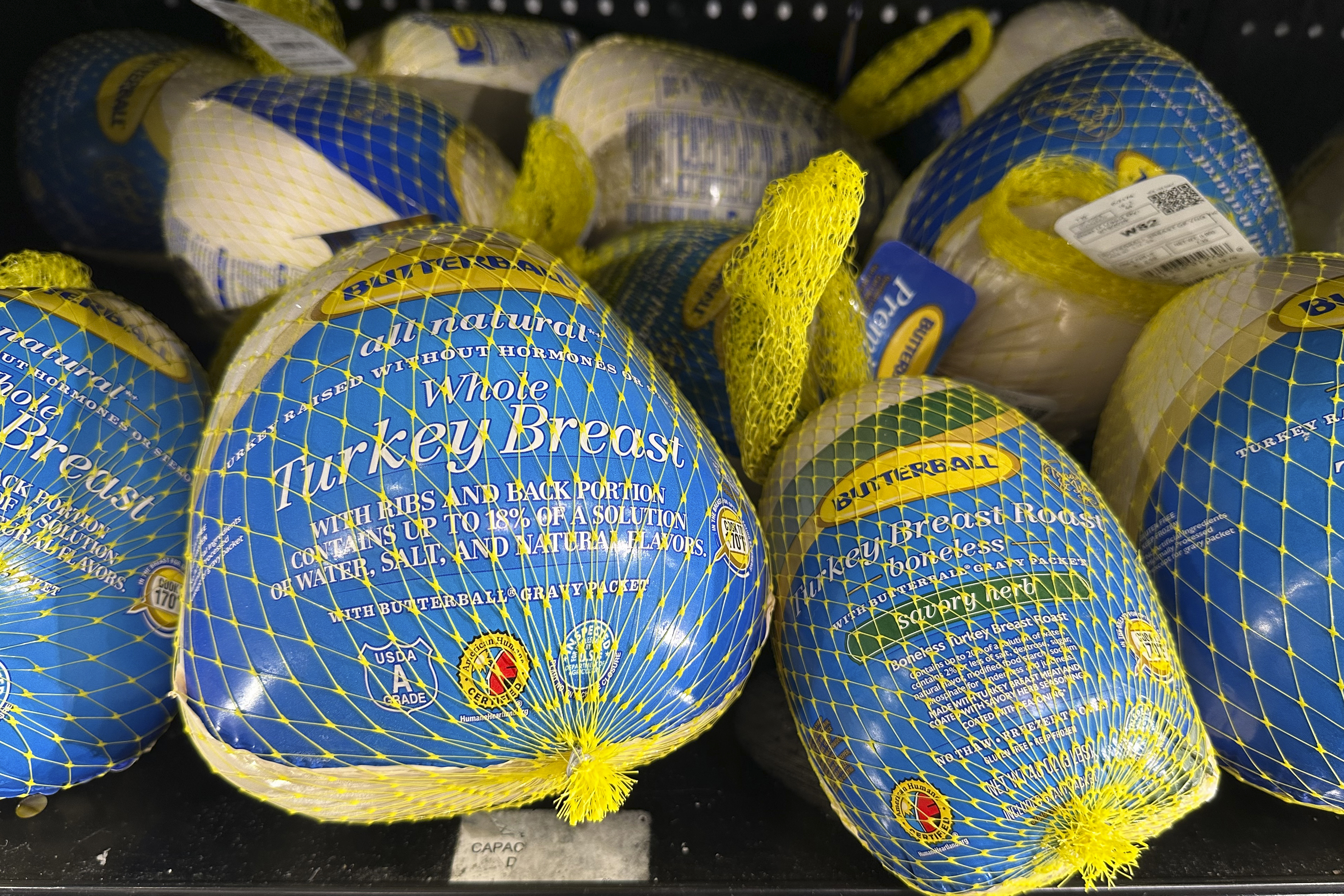
The Oklahoma Supreme Court on Wednesday dismissed a lawsuit by survivors of the 1921 Tulsa Race Massacre, dampening the hope of advocates for racial justice that the city would make financial amends for one of the worst single acts of violence against Black people in U.S. history that left as many as 300 people dead and a once-thriving district in smoldering ruins..
The nine-member court upheld the decision made by a district court judge in Tulsa last year, ruling that the plaintiff's grievances about the destruction of the Greenwood district, although legitimate, did not fall within the scope of the state's public nuisance statute.
Watch NBC6 free wherever you are
“Plaintiffs do not point to any physical injury to property in Greenwood rendering it uninhabitable that could be resolved by way of injunction or other civil remedy,” the court wrote in its decision. “Today we hold that relief is not possible under any set of facts that could be established consistent with plaintiff's allegations.”
Messages left Wednesday with the survivors' attorney, Damario Solomon-Simmons, were not immediately returned.
Get local news you need to know to start your day with NBC 6's News Headlines newsletter.
The city said in a statement that it “respects the court’s decision and affirms the significance of the work the City continues to do in the North Tulsa and Greenwood communities,” adding that it remains committed “to working with residents and providing resources to support" the communities.
The suit was an attempt to force the city of Tulsa and others to make recompense for the destruction of the once-thriving Black district by a white mob. In 1921 — on May 31 and June 1 — the white mob, including some people hastily deputized by authorities, looted and burned the district, which was referred to as Black Wall Street.
U.S. & World
As many as 300 Black Tulsans were killed, and thousands of survivors were forced for a time into internment camps overseen by the National Guard. Burned bricks and a fragment of a church basement are about all that survive today of the more than 30-block historically Black district.
The two survivors of the attack, Lessie Benningfield Randle and Viola Fletcher, who are both now over 100 years old, sued in 2020 with the hope of seeing what their attorney called “justice in their lifetime.” A third plaintiff, Hughes Van Ellis, died last year at age 102.
The court also determined the plaintiffs’ allegations did not sufficiently support a claim for unjust enrichment, which it said are typically limited to contractual relationships.
Other defendants in the case included the Tulsa Regional Chamber of Commerce, the Board of Tulsa County Commissioners, the Tulsa County Sheriff and the Oklahoma Military Department.
The lawsuit was brought under Oklahoma’s public nuisance law, arguing that the actions of the white mob continue to affect the city today. It contended that Tulsa’s long history of racial division and tension stemmed from the massacre.
The city and insurance companies never compensated victims for their losses, and the massacre ultimately resulted in racial and economic disparities that still exist today, the lawsuit argued. It sought a detailed accounting of the property and wealth lost or stolen in the massacre, the construction of a hospital in north Tulsa and the creation of a victims compensation fund, among other things.
Public nuisance claims are typically used to address local concerns like blighted homes, illegal drug-dealing or dangerous animals. Such claims were used in lawsuits that states brought against tobacco companies in the 1990s and against opioid drug makers, but many of those led to settlements rather than trials.
In 2019, Oklahoma’s attorney general used the public nuisance law to force opioid drug maker Johnson & Johnson to pay the state $465 million in damages. The Oklahoma Supreme Court overturned that decision two years later.



